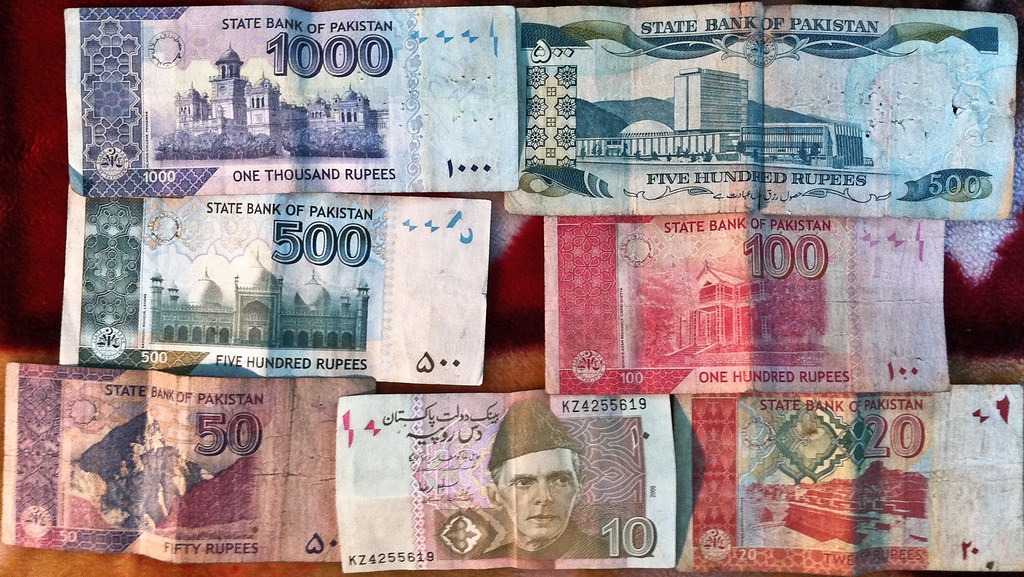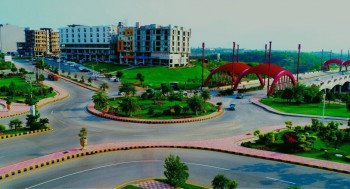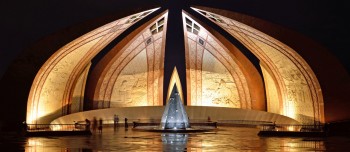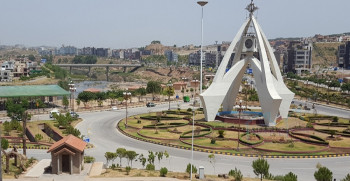Discover History and Trends of Pakistani Note Currency
The evolution of Pakistani currency is a fascinating story, and it's easy to forget that we're used to seeing these bills because they've been with us for so long!
For many people, the Pakistani currency is just an illustration on a piece of paper. They might use it every day, but they don't really think about what's going inside and outside. However, we should take time to appreciate all that went into making this beautiful design because, without these efforts, no one would be able to buy anything!
From 1947 to the present day, Pakistan's currency has undergone many iterations. With each new change in design comes a variation on what is printed on its back and even how coins are made!
We'll take you through this history starting from when our first Banknotes were issued after Independence until now, with more recent innovations evolving until now.
History of Pakistani Currency
The Indian currency, issued by the Reserve Bank of India, was being used in what is now known as Pakistan when it gained independence. The Indian rupee was being used in Pakistan when Pakistan became an independent nation.
It is not possible to set up a central bank system for the country right away, so provisions were made so that the Reserve Bank of India could supply currency to Pakistan.
After Independence (1947)
Then there was the Indian rupee, which had "Government of Pakistan" printed on it in English and Urdu. This currency became an issue just days before independence, without much warning or preparation for what would happen after they gained their freedom from Britain--but all law required such preparations!
The Reserve Bank of India was given the sole power to issue currency for India and Pakistan. They will stop on September 30th, 1948. The Government of Pakistan has to set up its banking system and printing press, or else it won't have any money or paper money.
The government of Pakistan added the name of their country to the money. They put this on the printing plates so people wouldn't make copies because they made overprints. The new money went into circulation on April 1, 1948, and had denominations of 1, 2, 5, 10, and 100 rupees.
Establishment of the State Bank of Pakistan
The first banknotes in Pakistan were released on October 1, 1948. The currency notes were printed by a British company. The 5-rupee note from that time was blue, the 10-rupee one was reddish-orange, and the 100-rupee note was dark green.
The 1 and 2-rupee notes were issued in 1949. They were printed by a British company called Bradbury Wilkinson & Company. The 1-rupee note was green with Naulakha Pavilion on the back, while the 2-rupee note was brown with Badshahi Mosque on the back.
New designs for the 5, 10, and 100-rupee notes were sent out for approval. Once approved, they were printed by Thomas De La Rue and put into circulation. The first 5-rupee note had the Khyber Pass on its back, while the first 10 rupee notes had Makli Tombs on its back.
The first 100-rupee note was issued about 2 years later as the initial design was rejected. These early notes contained the crescent moon and star to signify Pakistan.
However, after news of forgery reached the Cabinet in 1956, a new series was designed with the portrait of Muhammad Ali Jinnah. In this series, the 100 Pakistan rupee note was first issued near the end of 1957, and it is green.
It has a picture and watermark of Muhammad Ali Jinnah on it and also shows a mosque at the back. By 1970, 50 rupees (also green), 500 rupees (blue), 5 rupees (red), and 10 rupees (green) were also issued. 20 rupees were designed later on in the 2000s.
After Separation of East Pakistan
After East Pakistan was separated, putting Bengali text on the Pakistani notes was no longer appropriate. A new generation of Pakistani notes was created to have only written in one language.
The first note in this series was the 1-rupee note, which was blue with writing in all four major regional languages. This note only lasted a few months because people might not be able to read it, and it would create a divide among them.
In April 1975, a new 1-rupee note was made, and 5, 10, and 100-rupee notes were also made. The 50-rupee note came out near the end of 1977. In August 1985, the 2-rupee note came out, and in April 1986, the 500-rupee note was printed.
Finally, in July 1988, the 1000 rupees were printed. These notes were all used for a long time.
Modern technology has come up with ways to protect the currency better. That meant that new money had to be created. The first-ever 20-rupee note was printed and introduced in August of 2005. It was brown and had Mohenjo-Daro on its back.
Other notes were also redesigned as part of the series, except for the 1 and 2 rupees banknotes, which are not used anymore because you can use coins instead! Every note has a picture of the Quaid-e-Azam Muhammad Ali Jinnah - the founder of Pakistan on its inner side.
The highest denomination in Pakistan is 5000 rupees. This is a yellow note and was introduced for the first time in 2006.
History of Pakistani Coins
Pakistani currency used to have coins that had different values on them. In the past, 1 Pakistani rupee had 16 ana in it, and each ana had 4 paisa in it. This means a rupee has 64 paisa in it. The coins were 1 paisa, 2 paisa, 1 ana, 2 ana, 4 ana and 8 ana.
Pakistan switched to the metric system for its money in 1960, and 1 Pakistani rupee then had 100 paisa. The coins that were used at the time were worth 1, 2, 5, 10, 25, and 50 paisa. These coins stayed in circulation until the 1990s, before they were stopped.
The 1 and 2-rupee coins were made at the same time. They are still in use today, but the metal has changed over time. A 5-rupee coin replaced the note when it became discontinued. There is also a 10 rupee coin, but it is not used very much.
Depiction on the Back of Notes
The back of each Pakistani currency note has a place on it that is important to the country or culture. It includes watermarks and other things that make it hard for people to copy. Let’s see what the depictions are on the back of the notes.
Value | Color | Depiction |
Rs. 10 | Green | Bab-ul-Khyber, the Entrance to the Khyber Pass |
Rs. 20 | Brown /Orange Green | Mohenjo-Daro in Larkana District |
Rs. 50 | Purple | K2, the Second Highest Mountain of the World |
Rs. 100 | Red | Quaid-e-Azam Residency in Ziarat |
Rs. 500 | Rich Deep Green | Badshahi Masjid in Lahore |
Rs. 1000 | Dark Blue | Islamia College in Peshawar |
Rs. 5000 | Mustard | Faisal Masjid in Islamabad |
Moreover, there are also many security features present on Pakistani banknotes so that no one can replicate them.
Pakistani Currency Museum, Karachi
If you want to learn about Pakistani currency, the State Bank of Pakistan has opened a museum. It is located in an old building in Karachi near its head office. The museum holds a lot of financial history, and there are old banknotes and coins on display.
There are six galleries:
- History of State Bank of Pakistan
- Coins Gallery - I & II
- Currency Gallery
- SBP Governors
- Art Gallery
- Stamp Gallery
The museum is open from 9:30 am to 5:00 pm on Mondays to Saturdays, and it's free for people who want to see the history themselves.

Content












Join our growing community
Subscribers
Youtube
Twitter
Instagram
Facebook